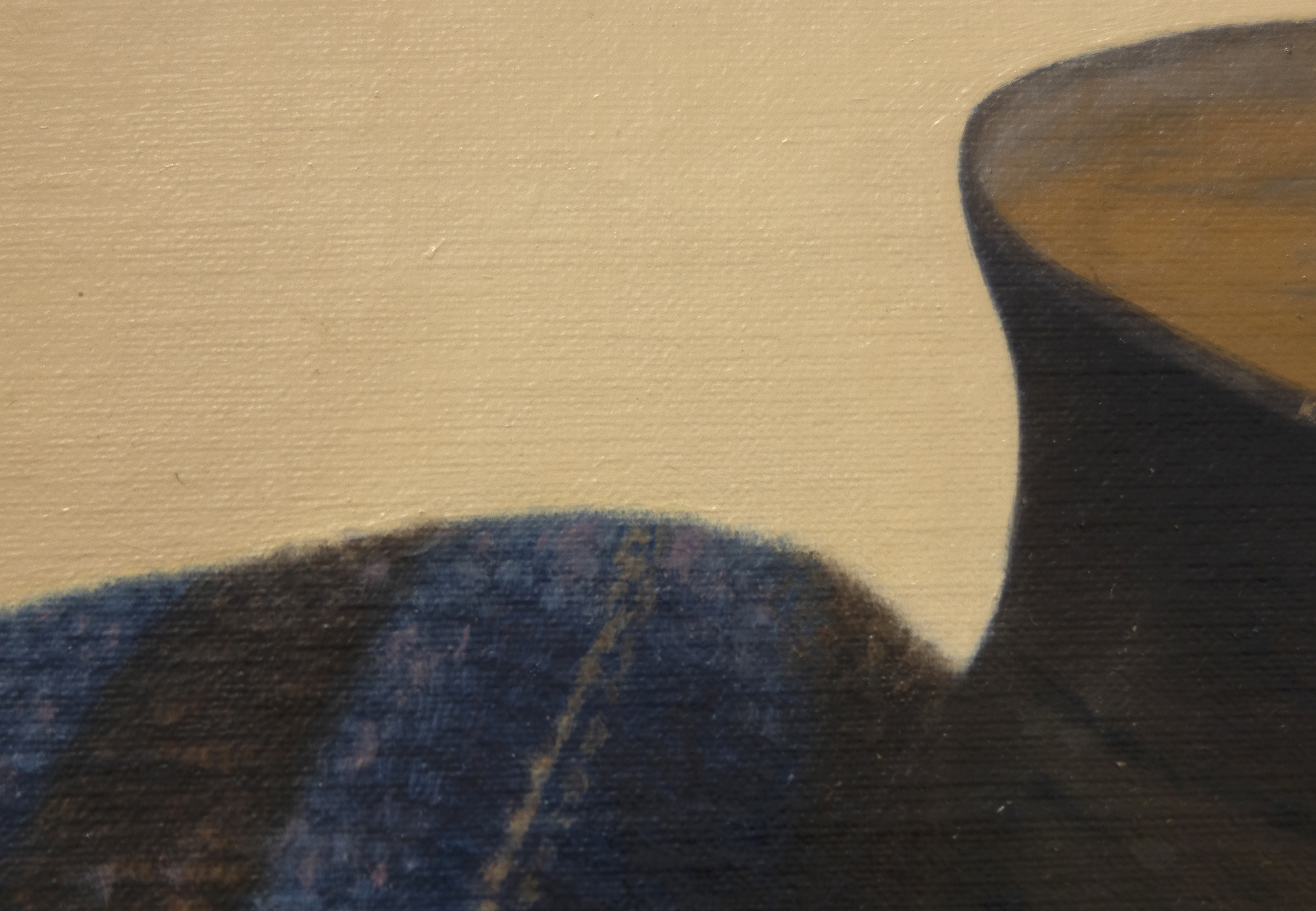威廉-阿切夫







种源
私人收藏本例中描绘的碗来自圣胡安,这是一个有着丰富的制作实用陶器传统的普韦布洛。虽然早期优雅的造型和优美的曲线在 20 世纪结束了,但在 20 世纪 30 年代和 40 年代,当地妇女研究了该地区的古代陶器,并以此为基础制作出了像本图所示的碗,从而使这一传统得以复兴。与 "圣胡安 "相比,当地人更喜欢 Ohkay Owingeh 这个传统的名字,意思是 "强壮民族的地方"。


